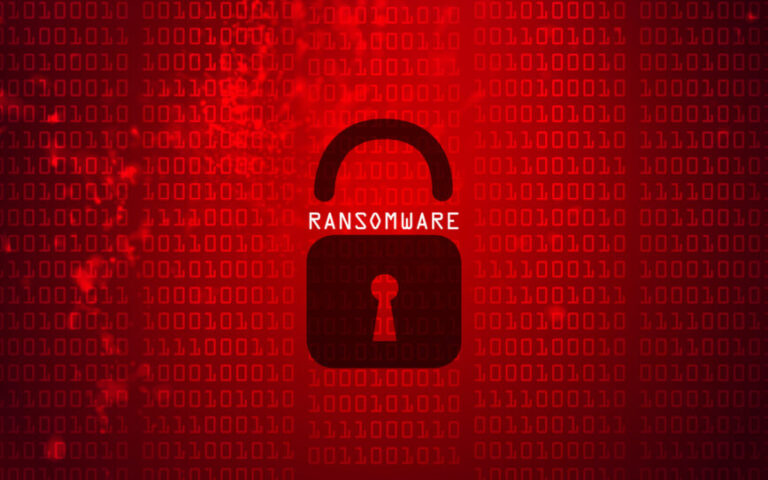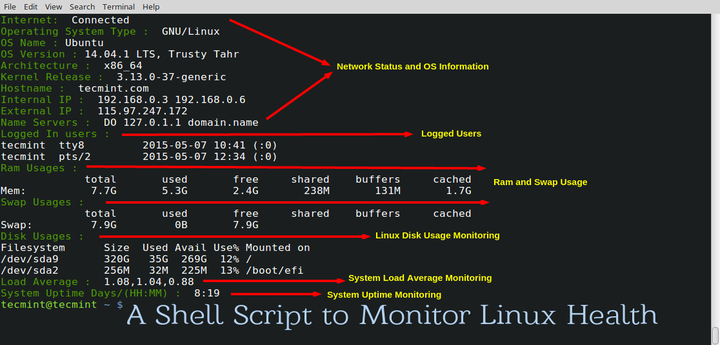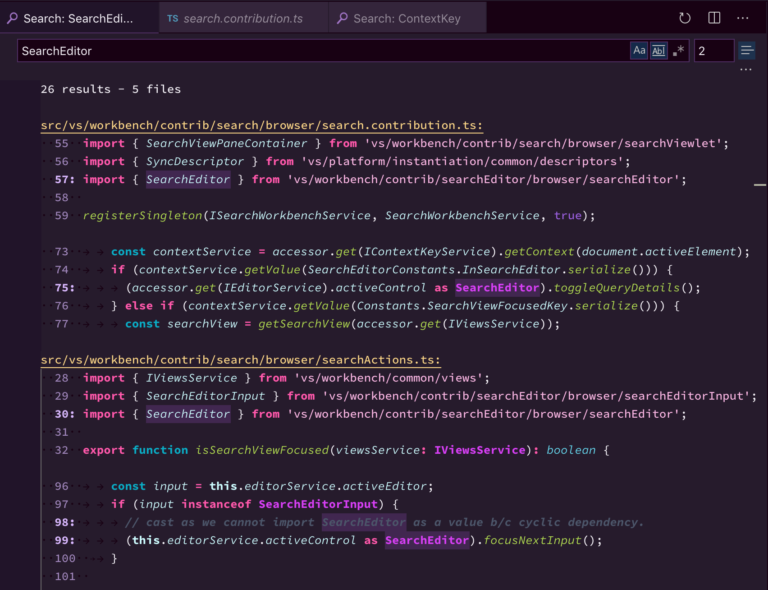ADVERTISEMENT
MariaDB is one of the most popular open-source database management system used by small to large enterprises. It is a fork of famous database server MySQL, developed by MariaDB Corporation Ab, led by original developers of MySQL.
MariaDB is fully compatible with MySQL for ensuring a drop-in replacement capability. MariaDB often used as a database server in LAMP and LEMP stack.
READ: How To Install LAMP Stack On CentOS 8 / RHEL 8
READ: How To Install LEMP Stack On CentOS 8 / RHEL 8
In this post, we will see how to install MariaDB on CentOS 8 / RHEL 8.
THIS DOCUMENT IS ALSO AVAILABLE FOR
Install MariaDB on CentOS 8 / RHEL 8
Contents
You can obtain MariaDB packages for CentOS 8 / RHEL 8 in two ways.
Install MariaDB from AppStream Repository
Installing MariaDB from AppStream repository is a straightforward one. But, the repository may have a bit old version of MariaDB package.
yum -y install @mariadb
Install MariaDB from Official MariaDB Mirror
MariaDB foundation offers MariaDB packages for CentOS 8 / RHEL 8. Packages provided by MariaDB is always fresh and supported by the MariaDB community.
CentOS 8
cat <<EOF >> /etc/yum.repos.d/mariadb.repo [mariadb] name = MariaDB baseurl = http://yum.mariadb.org/10.4/centos8-amd64 gpgkey=https://yum.mariadb.org/RPM-GPG-KEY-MariaDB gpgcheck=1 EOF
RHEL 8
cat <<EOF >> /etc/yum.repos.d/mariadb.repo [mariadb] name = MariaDB baseurl = http://yum.mariadb.org/10.4/rhel8-amd64 gpgkey=https://yum.mariadb.org/RPM-GPG-KEY-MariaDB gpgcheck=1 EOF
Install MariaDB server using the following command.
We need to disable the rhel-8-for-x86_64-appstream-rpms and AppStream repository temporarily on RHEL 8 and CentOS 8 respectively to allow yum to download packages from MariaDB mirror.
### CentOS 8 ### yum install -y boost-program-options yum --disablerepo=AppStream install -y MariaDB-server MariaDB-client ### RHEL 8 ### yum --disablerepo=rhel-8-for-x86_64-appstream-rpms install -y MariaDB-server MariaDB-client
Manage MariaDB Service
In case you want to start/stop the MariaDB service, you can use the following commands.
systemctl start mariadb systemctl stop mariadb
Verify whether MariaDB is running or not.
systemctl status mariadb

Secure MariaDB Installation
Use mysql_secure_installation command to do the initial setup of the MariaDB server. This command is recommended to run in production servers. It removes anonymous user, test database, and disallows remote root login.
mysql_secure_installation
NOTE: RUNNING ALL PARTS OF THIS SCRIPT IS RECOMMENDED FOR ALL MariaDB SERVERS IN PRODUCTION USE! PLEASE READ EACH STEP CAREFULLY! In order to log into MariaDB to secure it, we'll need the current password for the root user. If you've just installed MariaDB, and haven't set the root password yet, you should just press enter here. Enter current password for root (enter for none): << Just Press Enter OK, successfully used password, moving on... Setting the root password or using the unix_socket ensures that nobody can log into the MariaDB root user without the proper authorisation. You already have your root account protected, so you can safely answer 'n'. Switch to unix_socket authentication [Y/n] N << Disable Unix Socket Authendication to Enable Password Authentication ... skipping. You already have your root account protected, so you can safely answer 'n'. Change the root password? [Y/n] Y << Set MariaDB root password New password: << Enter root password Re-enter new password: << Re-Enter root password Password updated successfully! Reloading privilege tables.. ... Success! By default, a MariaDB installation has an anonymous user, allowing anyone to log into MariaDB without having to have a user account created for them. This is intended only for testing, and to make the installation go a bit smoother. You should remove them before moving into a production environment. Remove anonymous users? [Y/n] Y << Remove Anonymous user ... Success! Normally, root should only be allowed to connect from 'localhost'. This ensures that someone cannot guess at the root password from the network. Disallow root login remotely? [Y/n] Y << Disallow root login remotely ... Success! By default, MariaDB comes with a database named 'test' that anyone can access. This is also intended only for testing, and should be removed before moving into a production environment. Remove test database and access to it? [Y/n] Y << Remove test database - Dropping test database... ... Success! - Removing privileges on test database... ... Success! Reloading the privilege tables will ensure that all changes made so far will take effect immediately. Reload privilege tables now? [Y/n] Y << Reload privilege tables ... Success! Cleaning up... All done! If you've completed all of the above steps, your MariaDB installation should now be secure. Thanks for using MariaDB!
Access MariaDB
Login into MariaDB server with the below command.
mysql -u root -p
Password required

Conclusion
That’s All. In this post, you have learned how to install MariaDB on CentOS 8 / RHEL 8 and do the initial setup. Read Beginner MariaDB Articles to learn more about working with MariaDB.





